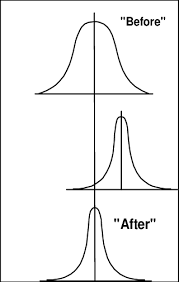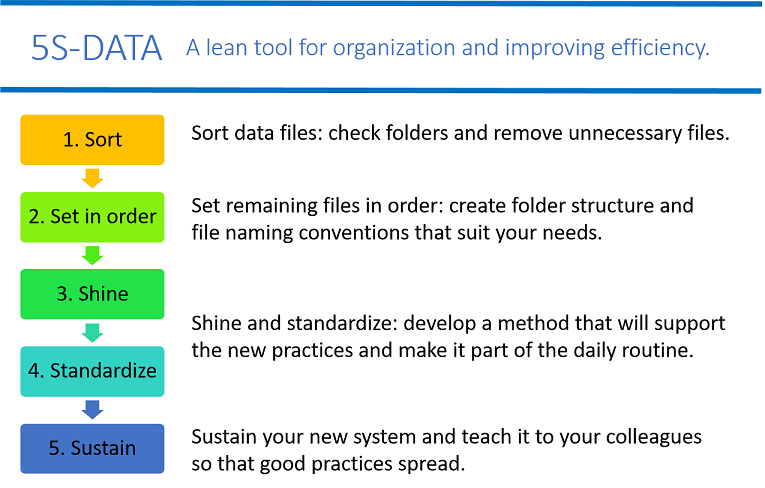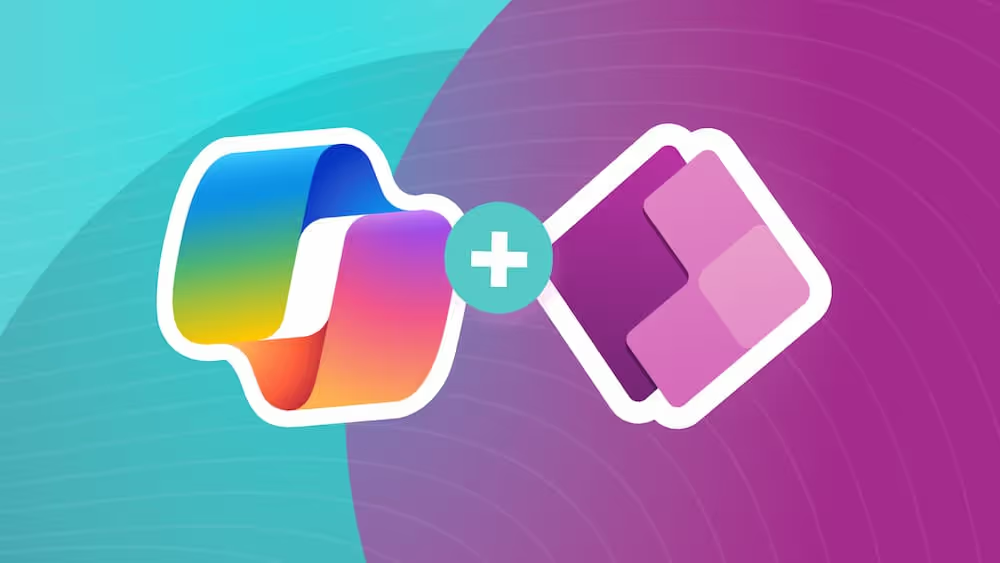The Power Platform - An Essential in the Lean Toolkit
Discover how combining Lean principles with Microsoft Power Platform can transform messy workflows into streamlined, error-proof systems in today’s blog ⬇️
A Little Backstory
Do parts of your office or service value stream feel unpredictable, confusing, or prone to rework, like they’ll fall apart if you look away? I wasn’t trained as a developer, but I grew into the role of one in my career by pairing Lean thinking with the accessibility of Microsoft Power Platform. My degree was in chemistry. I have worked in pharmaceuticals, in wastewater, and as a continuous improvement professional. I’ve learned that while processes vary across industries, the method to fix them is remarkably consistent- using scientific method (PDCA). I've helped teams turn messy, fragile workflows into reliable, visible systems that are easy to run and improve.
For the past six years, the Power Platform has been my go-to tool thanks to its quick learning curve, intuitive adoption, and ability to deliver meaningful results. I’ve built solutions for everything from purchase ordering and hiring workflows to inventory tracking and procurement. Virtually any business process or workflow is a candidate for transformation with Power Platform. When paired with Lean thinking, the outcomes are consistently powerful: streamlined processes, fewer handoffs, reduced rework, and clearer accountability. The result? A value stream that runs smoothly without the need for constant oversight. Across every challenge I’ve tackled, one principle has proven invaluable:
Applying Lean thinking through the Power Platform to your business is an essential tool for quality and growth.
Introduction
There is not a lot of recent literature out there about the Power Platform and it's LEAN capability. The Power Platform's utility is reducing noise and variability, making the work repeatable and predictable. I have used Microsoft Power Platform to standardize and stabilize processes, whether that process lives in the office, is work from home, is done on the shop floor, OR is a combination of all of the above in businesses today. The low‑code nature of Power Platform makes it a cost‑effective way to codify best practices, embed controls, and automate handoffs, turning tribal knowledge into scalable workflows that anyone can run. The result is fewer surprises, less rework, and clearer accountability across teams.

Power platform expertise can be gained by anyone with ease. Learning is easy when it is low code! The barrier preventing people who do the work from creating wonderful systems is now gone with the creation of the Power Platform. The Power Platform has come at an amazing time for the global business market. As capital costs rise and global competition intensifies, organizations have to do more with less. Power Platform empowers the people closest to the work to design and iterate on better processes quickly, improving both execution and the underlying management system. It doesn’t just build a new workflow; it reinforces a culture of continuous improvement (PDCA) by making standardization and experimentation easy. And it can be done by anyone!
Lean/Continuous Improvement Methodologies in the Power Platform
There are so many lean tools and methodologies out there, but I want to share a few examples of where the Power Platform and Lean shine together.
Business Process Flows (BPF): Standardize the Process (MES for the Office)
We can use Business Process Flows to make office and service work as explicit and reliable as a lightweight Manufacturing Execution System. Stages, required fields, approvals, and automated handoffs ensure everyone executes the same playbook every time. Conditional logic simplifies paths for different scenarios while maintaining a single source of truth in Dataverse.
Because every transition can be timestamped, BPFs create an auditable trail of who did what, when, allowing you to measure the process performance to an incredible degree. We can measure cycle time at each stage with step timestamps captured by BPFs and compare it to takt time (driven by customer demand). Power BI dashboards can surface bottlenecks, queues, and variance in real time, so leaders can see where flow breaks and why. We also can set alerts when steps exceed WIP control limits and visualize our process throughput so that we don't OVERPRODUCE!
All this process performance transparency eliminates ambiguity, reduces rework, fosters team problem solving, saves cash, eliminates frustration, and makes it easy to coach teams for consistent execution.

5S Your Data: Only the Right Data at the Right Time
We can apply 5S to solutions, automations, and data in the Power Platform:
Sort (remove views, pages, screens, or forms, people don't need to see), Set in order (only show what people need in the order they need it), Shine (clean data views, automate archiving old records), Standardize (BPFs or other process controls), Sustain (reviews and alerts and ALM).
End‑user apps show only what people need when they need it; contextual views, role‑based forms, and conditional UI. This cuts cognitive load, speeds up decisions, and reduces errors.
In addition, all power platform solutions can ship through a governed Power Platform ALM Pipeline (Dev/Test/Prod). With this type of version control, small batches of improvements are easy to deploy, making managing Production easy. (***Lean is the grandaddy of Agile***)

Poka‑Yoke (Error Proofing): Forms & Calculations
We can prevent defects at the source with poka‑yoke: constrained inputs on forms (choices, lookups, etc...), validation rules and Power Fx checks, duplicate detection, and calculated fields that remove manual math. Before submissions, the app can run validations and guides users to fix issues in‑flow, not after the fact.
Automations can be the backstop of the UI. If a risky condition appears, flows can request additional approvals or route to specialists. This layered approach drives first‑time‑right quality.


SELF ASSESSMENT
Is your business getting full value from your M365 subscription?
Billions of dollars are wasted each year on underused subscriptions. Take 3 minutes to find out where your tools are driving results, and where they’re holding you back.
Find Out Now

Is Team Communication Holding You Back?
Find Out in Just 2 Minutes.
Take our quick scorecard to uncover communication gaps and hidden barriers within your team.
Quick Hits (Other Lean Tools and Methodologies in the Power Platform)
Digital Gemba: Visualize Remote/Hybrid Operations
For teams working remotely or in hybrid setups, we can create a digital view showing where work is happening, what’s slowing things down, and how fast things are moving. Dashboards like Kanban boards help everyone see what tasks are in progress and what needs attention.
Kaizen / PDCA / Root Cause Analysis (RCA): Standardize the Investigation
When something goes wrong, we use can standardize a step-by-step process to figure out the problem, fix it, and make sure it doesn’t happen again. This method keeps improvements organized and helps prevent future issues.
SMED/Quick Changeover
You can use steps in a Business process flow or canvas app to standardize changeovers! (Changeovers in office have to do with changing locations of data entry typically, we can use the power platform harmonize a single source of truth!)
Judoka or process error automation
You can setup business rules or JavaScript to alert a human if an issue is happening, has happened, or will happen, that needs a human touch to resolve.
Total Productive Maintenance
You can setup reoccurring maintenance events for equipment to be automatically scheduled and processed (we have done this for clients recently!)
Wrap-up
You can drive major transformation in your workflows by combining Lean methodologies with the Power Platform with minimal training and investment. The low‑code nature of the Power Platform makes it easy for anyone to standardize processes, reduce variability, and deliver consistent results without the complexity or expense of traditional systems. From automating approvals to error‑proofing forms and visualizing operations, Power Platform enables you to embed Lean principles directly into the tools your team uses every day.
The biggest thing that makes the Power Platform so powerful is its ability to grow with your team. You can start small, solve a single problem, and then incrementally improve as needs evolve. Then you can deploy updates quickly and collaboratively. Exactly as Toyota has done for improvement throughout its entire history for success. Whatever your business does, the power platform turns improvement into a continuous cycle. The result is a predictable process, faster problem‑solving, and scalable solutions that keep your organization competitive without heavy upfront or long-term costs to maintain. And it can be done by anyone in the organization now thanks to the low code nature of the Power Platform.














